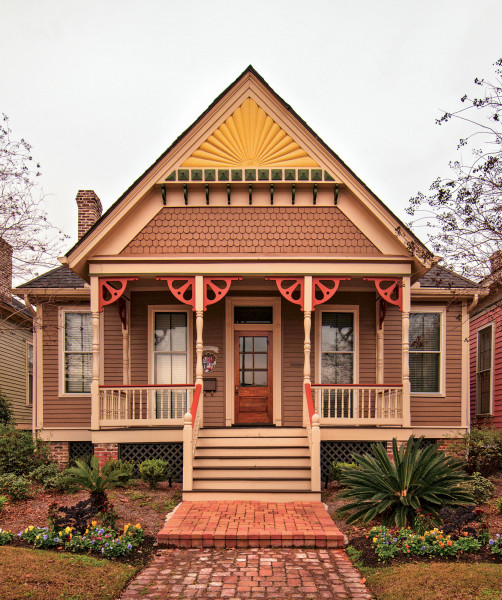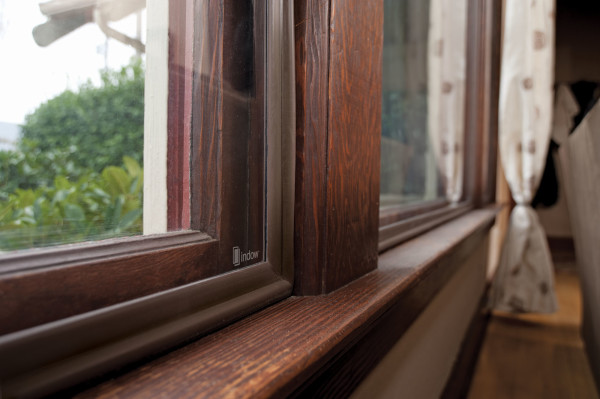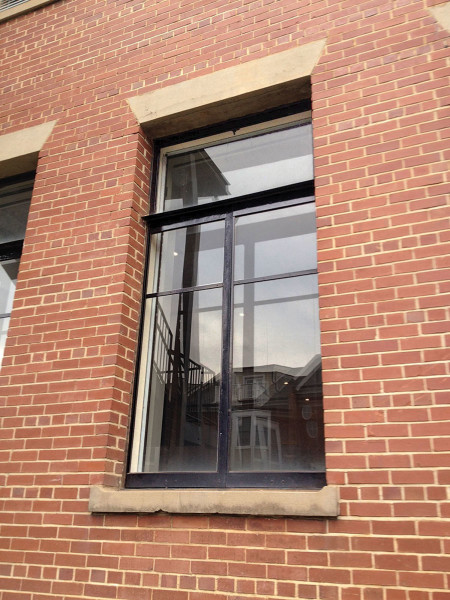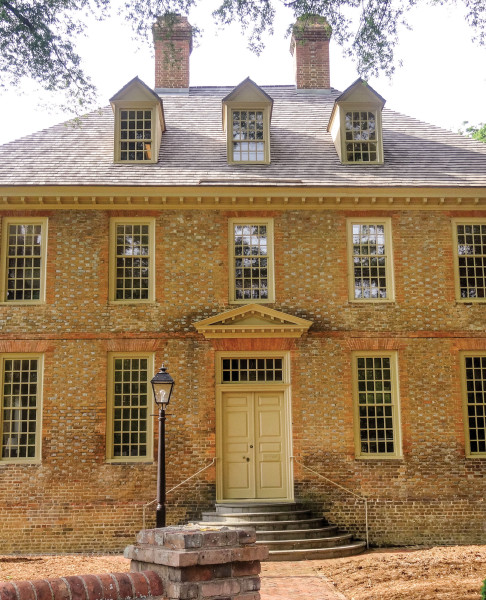Spring-loaded, laminated glass inserts from Soundproof Windows come with an inner PVB binder that helps stops the vibrations that carry noise.
Environmental noise is more than an annoyance. Continued exposure to excessive noise can interrupt sleep patterns, with impacts on overall health. Additionally, studies show that 90 percent of noise comes through windows, not walls. Anyone who has ever installed double-glazed or storm windows knows that adding that second layer of glass makes a room quieter. The sound of traffic, airplane noise, or a neighbor’s leaf blower suddenly becomes less noticeable.
It’s not the extra glass that blocks sound as much as the air between the layers, which distorts and reduces sound as it travels from one barrier to the next. That’s why residential double-glazed windows with an airtight seal lessen the impact of exterior noise. The air pockets in most are /” to ¾” thick, moderating heat exchange, of course, but also blocking more sound than a single-pane window does.
Indow’s compression-fit acoustic panels are twice as thick as standard ones, blocking up to 70 percent of outside noise. Courtesy of Indow
All sorts of windows can be rated for acoustic properties by a standard called STC (sound transmission class). STC is a measure of the window’s ability to reduce sound. The higher the number, the better the window is at blocking sound (each point represents one decibel of sound reduction). A typical STC rating for a single-glazed window is between 18 and 20. By comparison, many double-glazed windows have STC ratings between 28 and 32.
Wondering why adding a second layer of glass doesn’t double the rating? It’s because sound vibrations transmit readily from the outside glass to the interior glass, passing along some of the noise. For that reason, window manufacturers are increasing the noise-reducing properties of windows by using at least three different strategies. All can bump up the STC rating to about 45 to 50, the industry standard for a high-quality acoustic window.
• The first is to use insulated glass of unequal pane thickness. When sound travels through a barrier like glass, the sound wave is distorted, reducing the level of noise, says Jim Nelson, national sales manager for Mon-Ray, a secondary glazing specialist. If the next barrier it passes through has the same mass as the first, the sound wave is only minimally reduced. But if the second barrier has a different mass, the sound wave is distorted a second time, resulting in additional sound reduction.
• Adding lamination to one of the two layers of glass in a double-paned window (or between them) can also change the mass and dampen some of the sound, improving the acoustic rating.
• Combining double-glazed windows with different thicknesses of glass, plus lamination, can further increase the STC.
Climate Seal’s Acoustic Series interior storm window is UV-stable, impact-resistant, and can accept up to ¼” glazing. 
For someone living in a historic house along on an old turnpike with plenty of traffic, or under a flight path, replacing the original single-glazed windows may be almost as undesirable as the noise. That’s where interior “storm” windows come into play. Not only are they almost invisible, but also they are much more cost effective than replacement windows.
Installation systems for interior window panels vary, from those with a mounting bracket to those that use a magnetic or compression gasket method to hold the unit in place. While some use glass, others use lighter-weight acrylic or polycarbonate glazing, which in itself can help reduce sound transmission. Frame or edging materials range from wood to aluminum to patented compression tubing.
All types of interior window panels tend to significantly reduce noise, much of the abatement resulting from the depth of the air pocket between the window and the added sash. Frame-based storm windows offered by Mon-Ray, one of the first companies to be involved with early projects involving sound abatement, have an STC rating of 29 to 33 before they’re installed over an existing window, meaning the overall rating will be higher once they’re in place. A fixed, oversized “store front” magnetic window in Climate Seal’s Acoustic Series line has a 4 ½” air space, giving it an acoustic rating of 46.
The second oldest building at William & Mary is the Brafferton. Courtesy of Monray
Compression units are capable of high sound abatement levels as well. They don’t require special equipment to install, can be removed easily for access to the window, and when installed properly, the compression tubing creates a tight seal. “We use a laser measuring process to get the exact measurements of the frame,” says Sam Pardue, founder and CEO of Indow Windows. “With old houses, that’s very important because the window frames are almost always out of square.”
Each panel is edged with a patented compression tube that squeezes down when pressed inside the window frame, holding the insert securely in place and filling the entire space with no gaps. The panel itself creates an air pocket 1 ½” to 3″ deep—triple the air layer of a standard double-glazed window.
For someone living in a historic house with plenty of traffic, replacing the original single-glazed windows may be almost as undesirable as the noise. Courtesy of Mon-Ray
Indow recently introduced a series of specialty options for its compression-based windows, including an acoustic option with ¼”-thick acrylic panels instead of the /” used in its standard units. “A standard interior panel will block about 50 percent of outside sound,” says Pardue. “Our acoustic grade will block up to 70 percent.”
Compression windows must be removed in order to open the original window, and they may pop out during sudden changes in air pressure. Built to withstand wind loads, frame-based interior storms are sturdier, and options include sliding panels so that the storm window opens and closes with the prime window sash for ventilation.
Window Resources
• Allied Window alliedwindow.com “Invisible” custom aluminum storm windows, interior and exterior, for sound reduction. Many design options, various glazing types.
• Arch Angle Window and Door archangleohio.com Custom special-shapes storm windows and doors with narrow aluminum frames in 11 powder-coat colors, various glazing options including sound-deadening laminated glass.
• Climate Seal climateseal.com Acoustic Series window inserts offers fully customizable interior magnetic panels with lightweight acrylic glazing.
• Indow Windows indowwindows.com Compression-fit, acrylic-glazed, interior window inserts with acoustic-grade option.
• Innerglass Windows Systems stormwindows.com Compression-fit glass inserts including movable double-hung sash and sliders for casement windows.
• Marvin Window & Door marvin.com Variable-thickness options for
double-glazed windows.
• Mon-Ray monray.com Interior and exterior aluminum storm panels, acoustic-rated secondary glazing in the 500 and 600 Series.
• Soundproof Windows soundproofwindows.com Operable interior windows, spring-loaded, made with vibration-deadening laminated glass.







